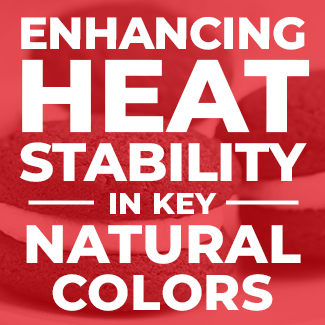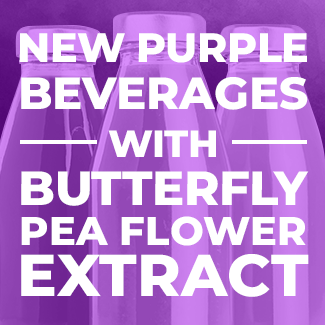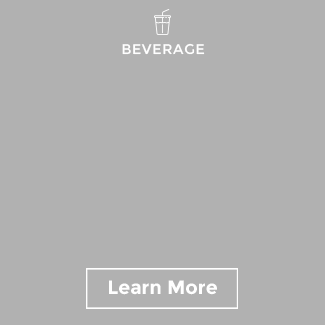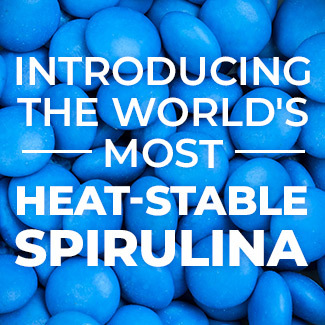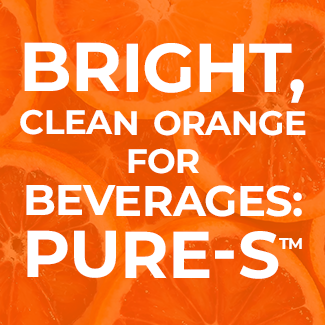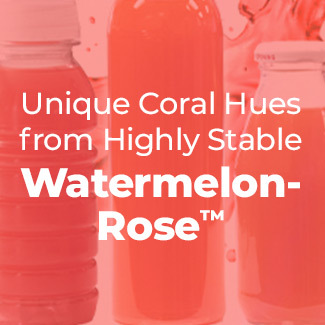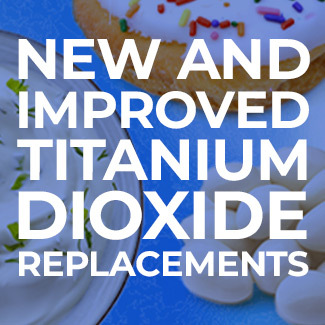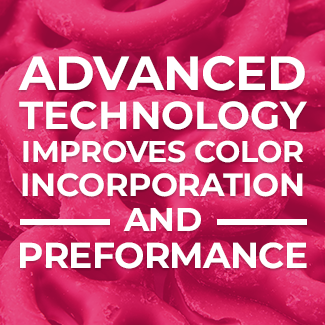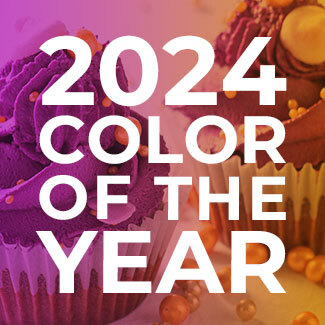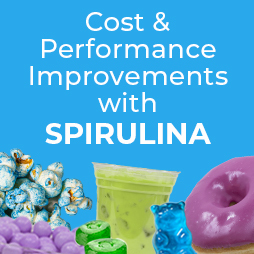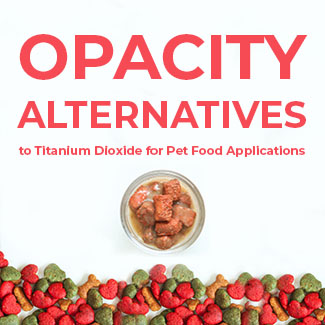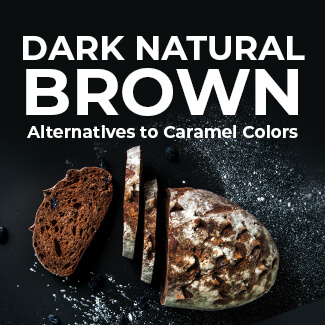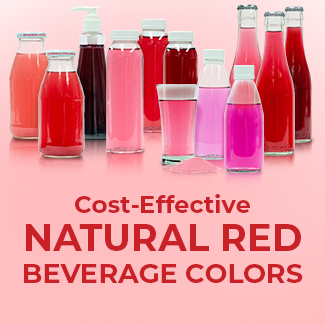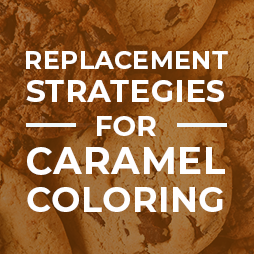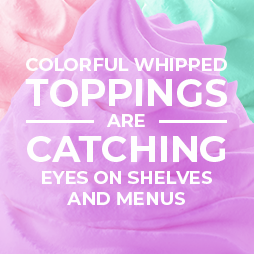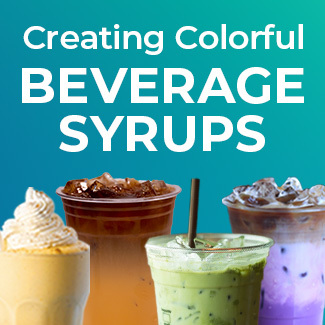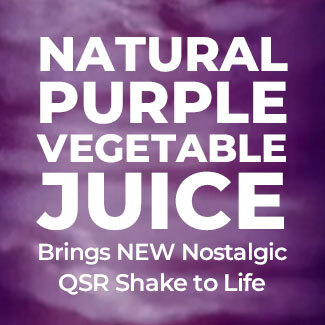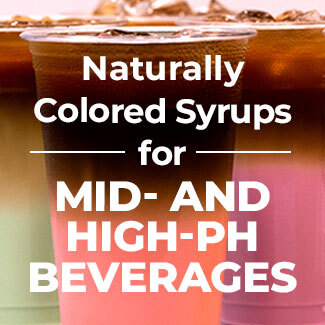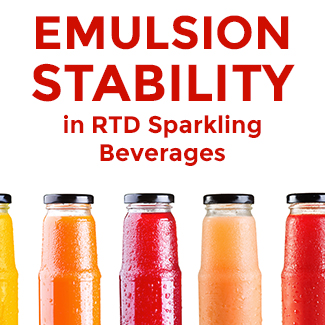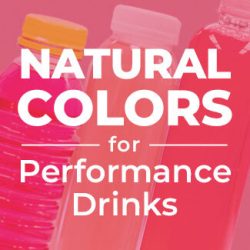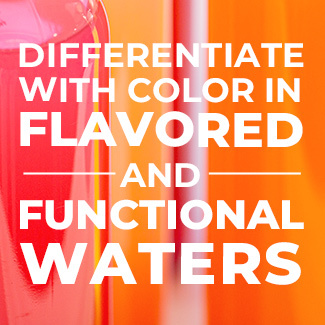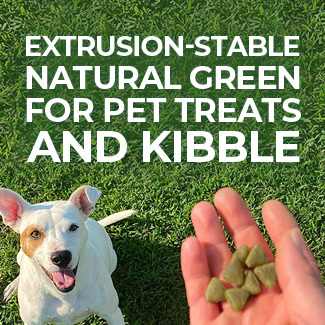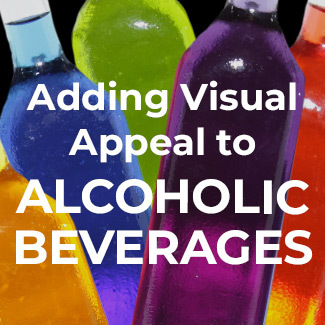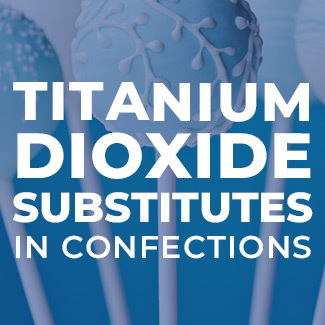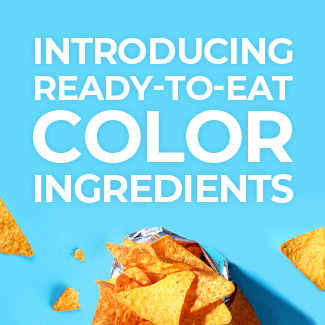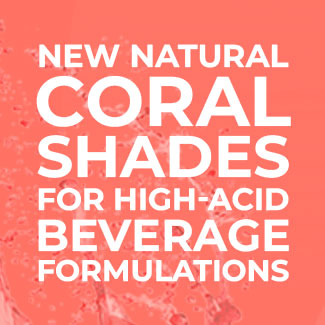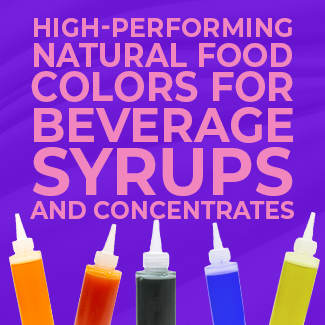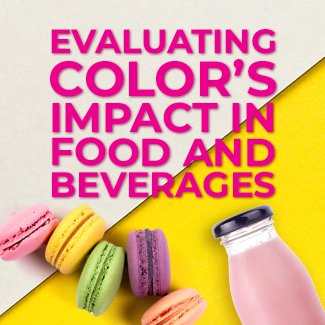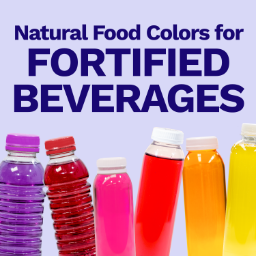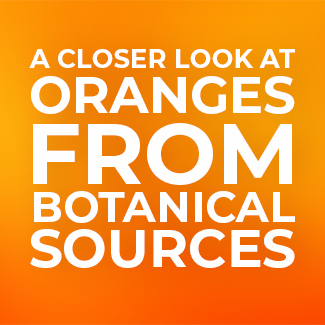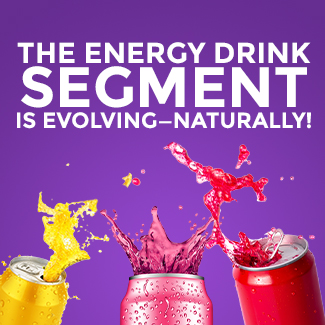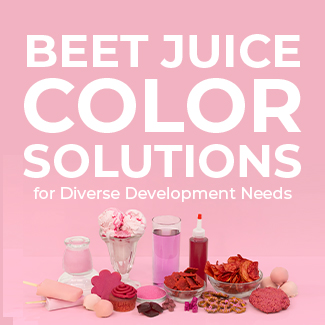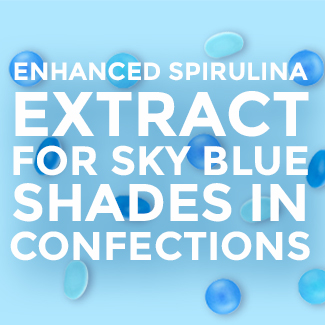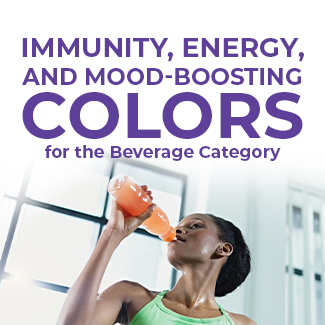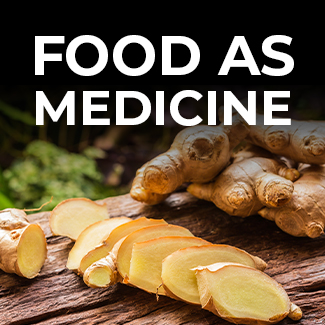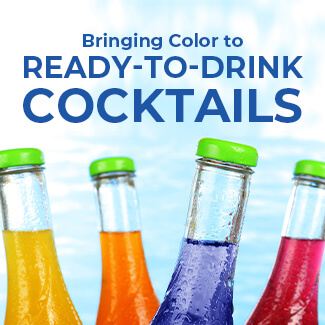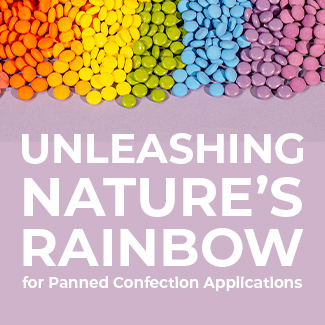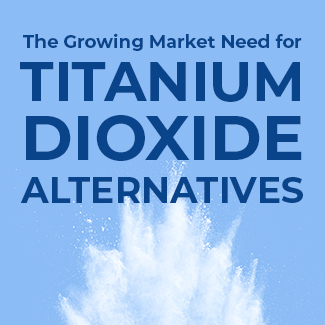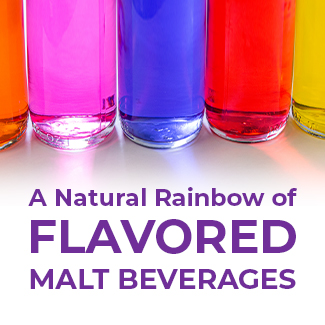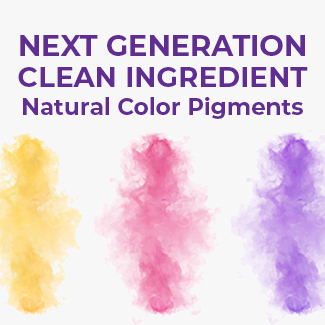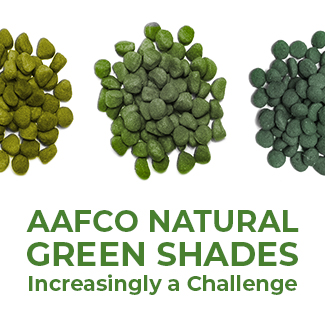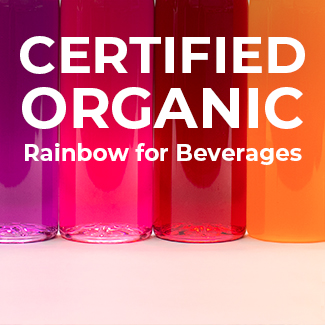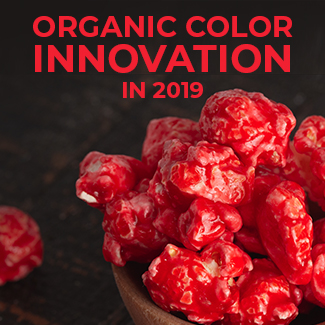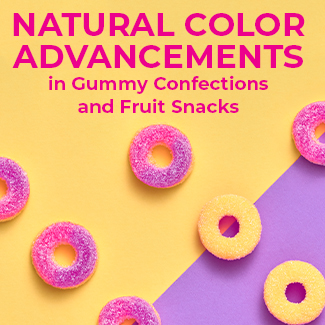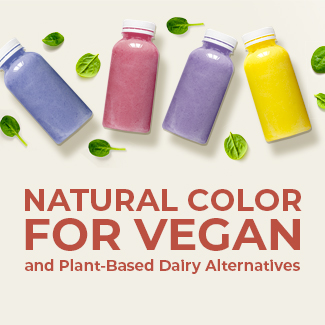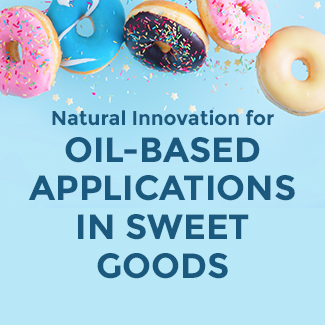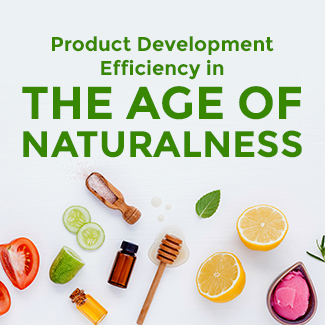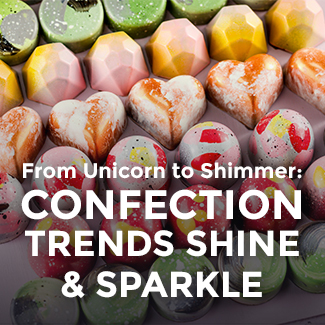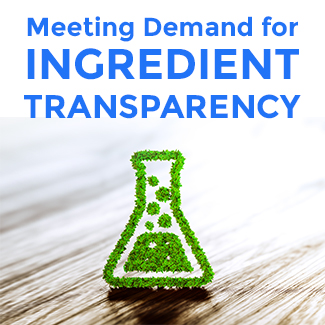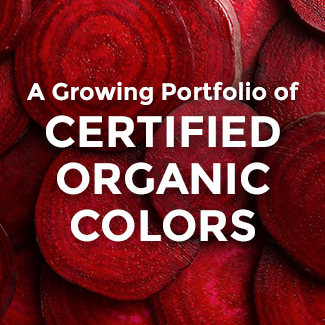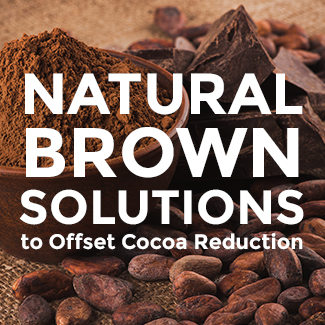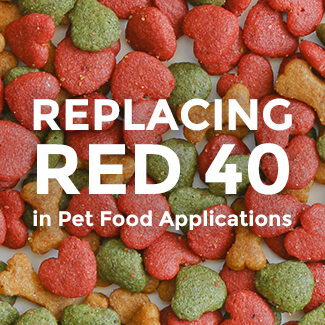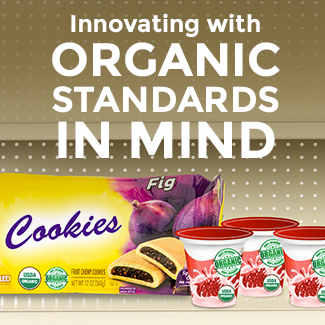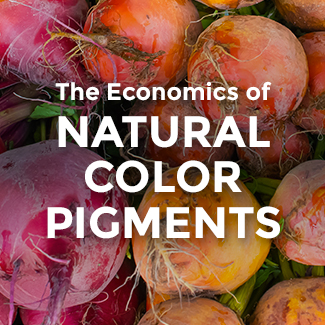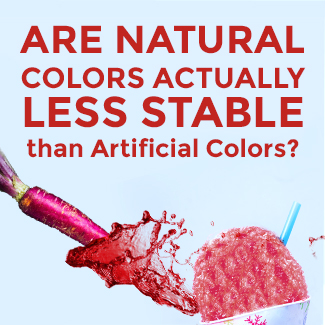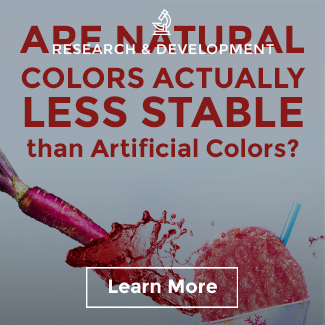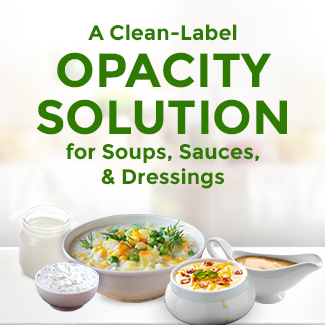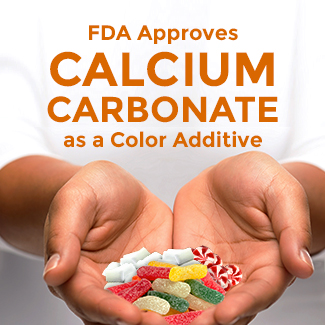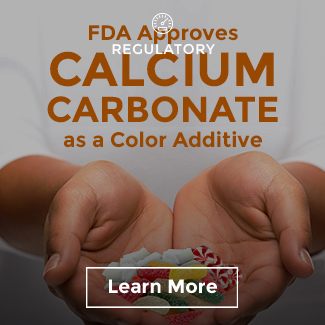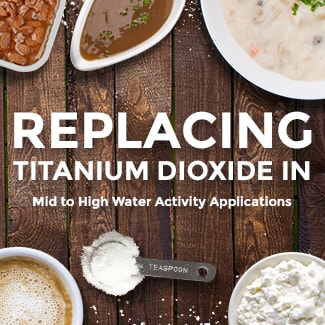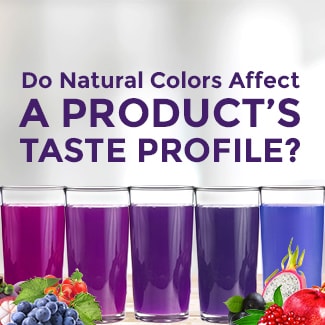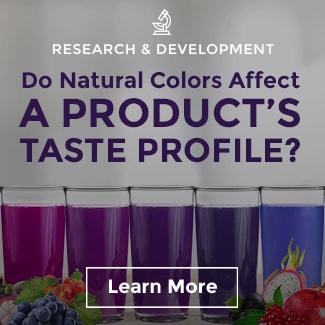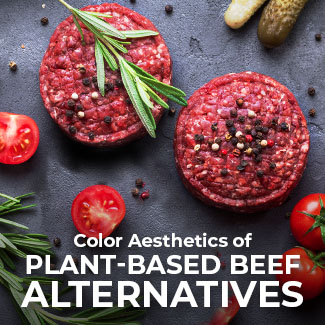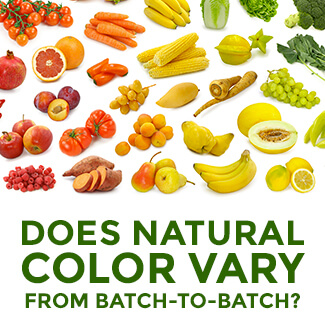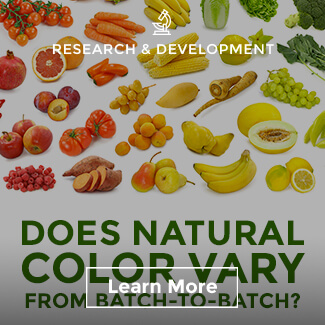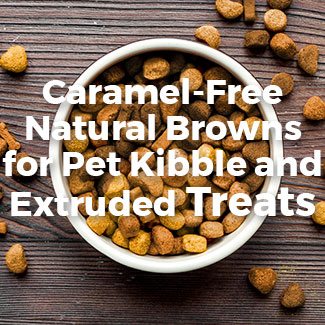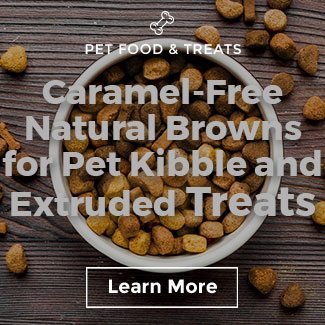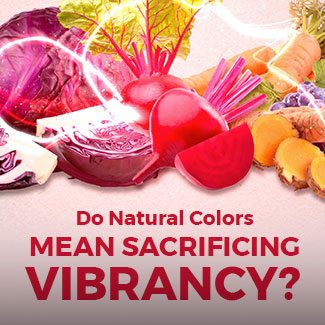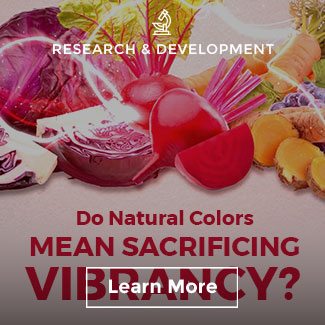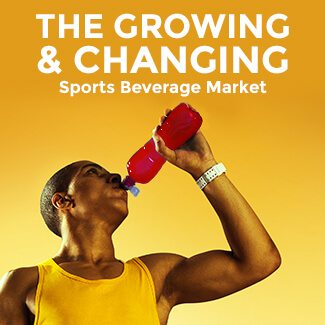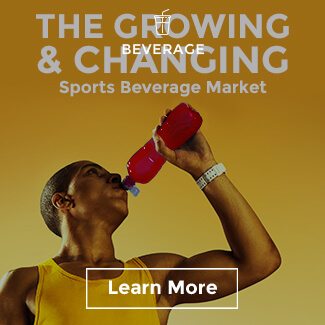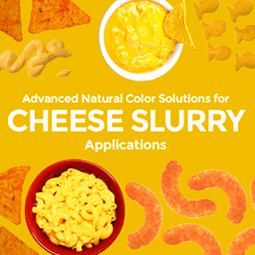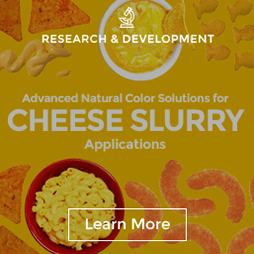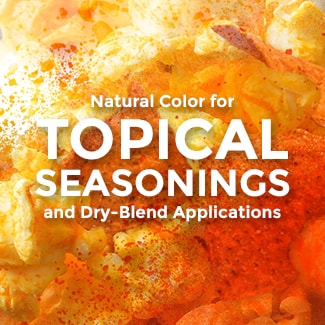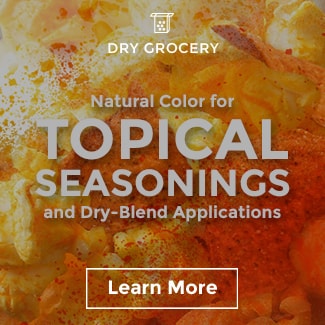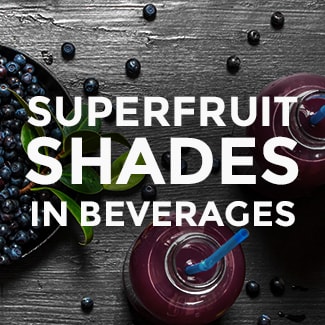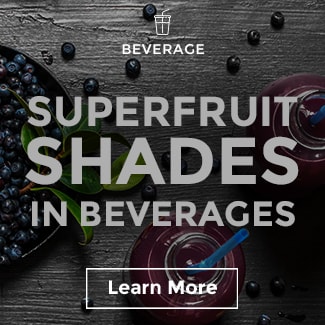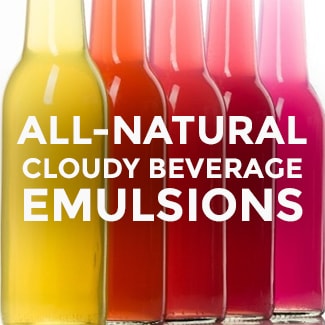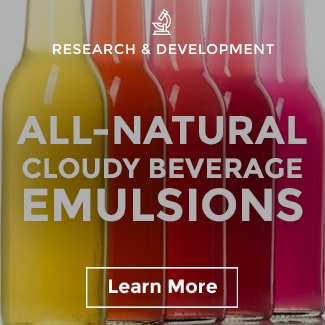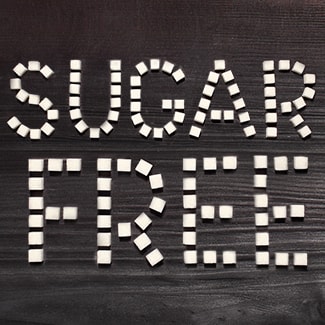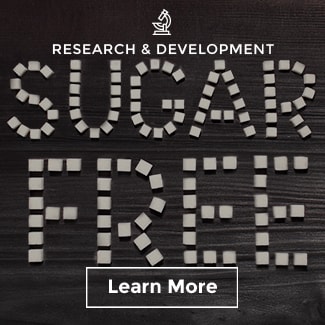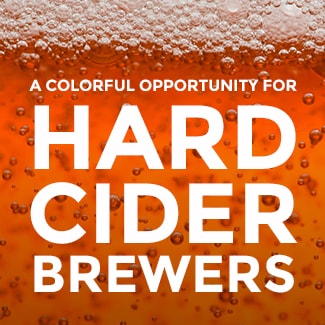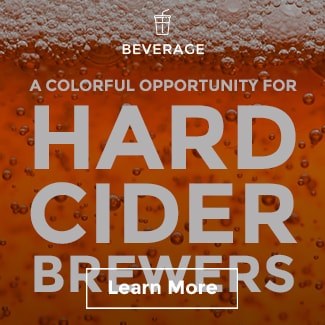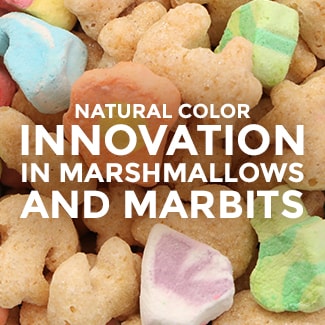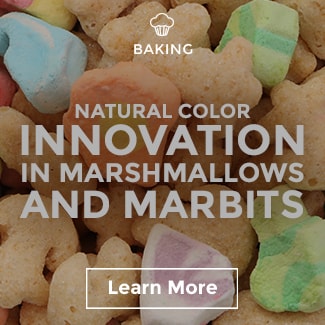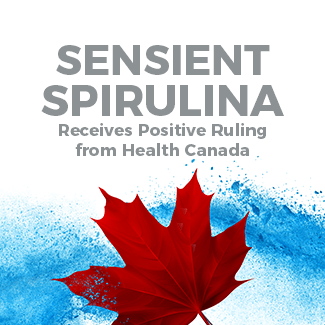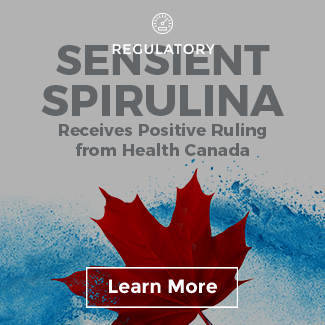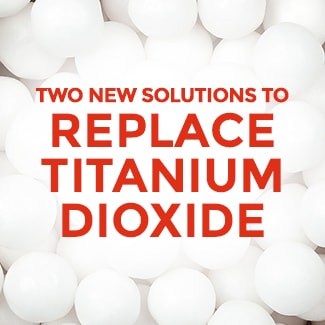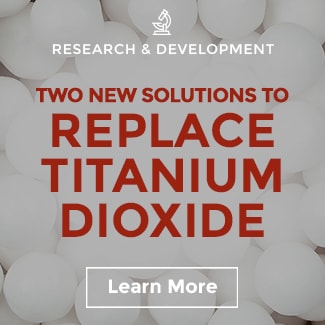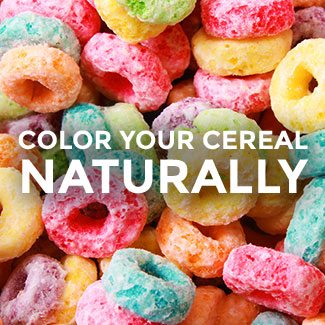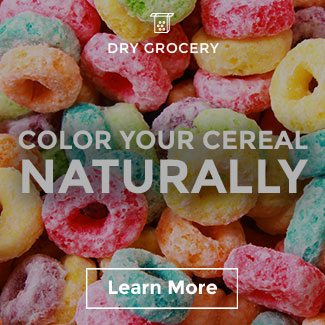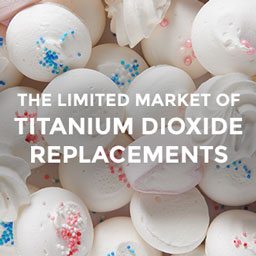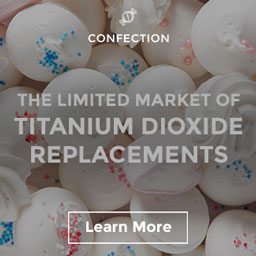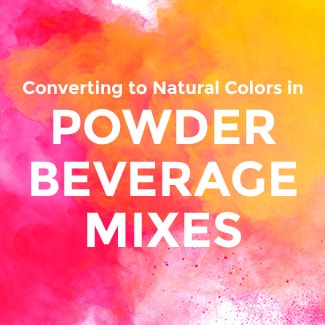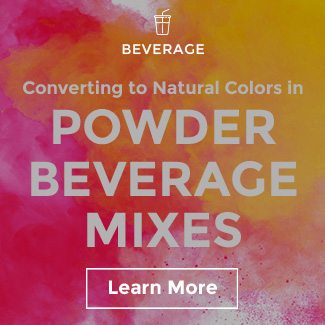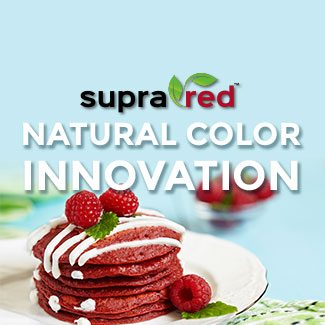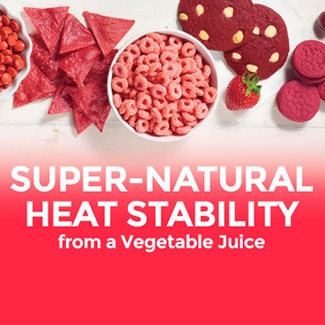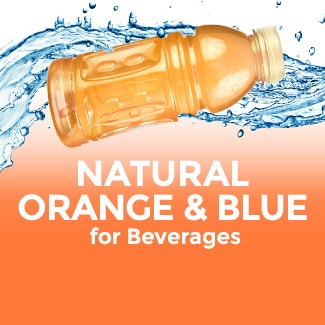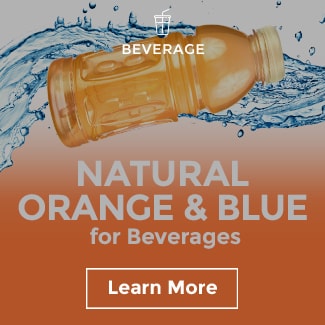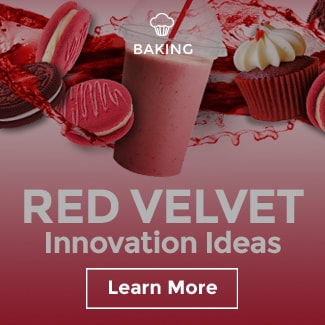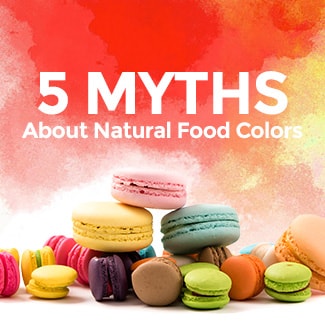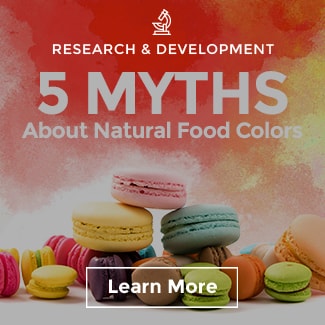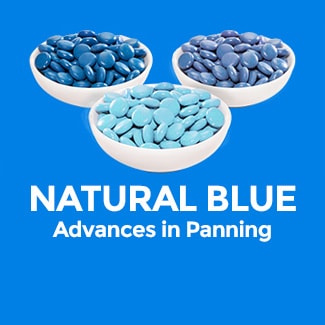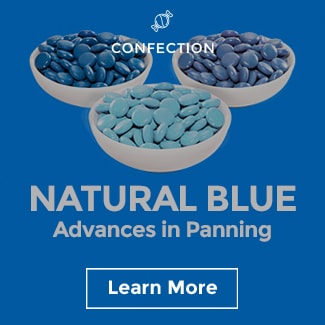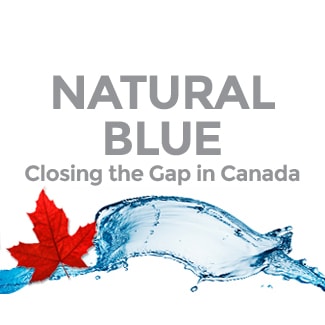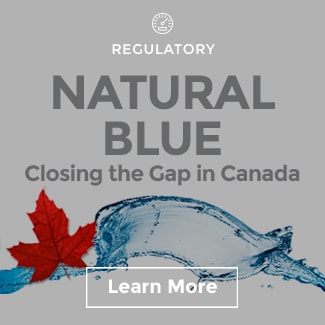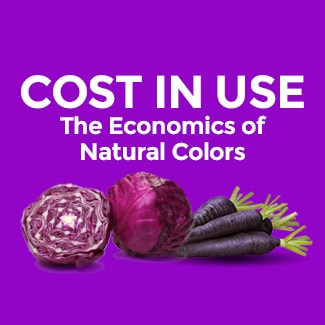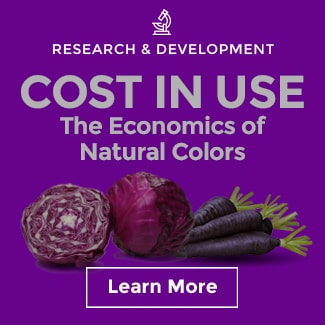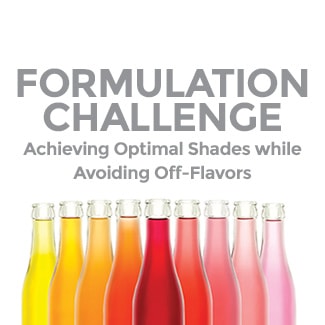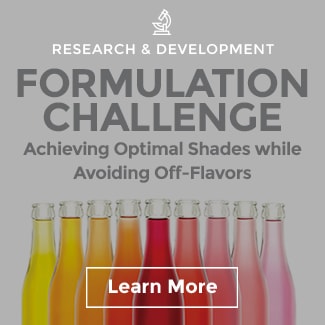New Options to Replace Caramel in Beverages
In the past year, we have noticed a marked increase in the number of requests from beverage brands to remove caramel coloring. This wave of product conversion is taking place largely in response to negative consumer perceptions of caramel and controversy amongst regulatory bodies.
From a beverage perspective, the brands prioritizing caramel replacement are beverages with “better-for-you” or “natural beverages” positioning. Leading examples include:
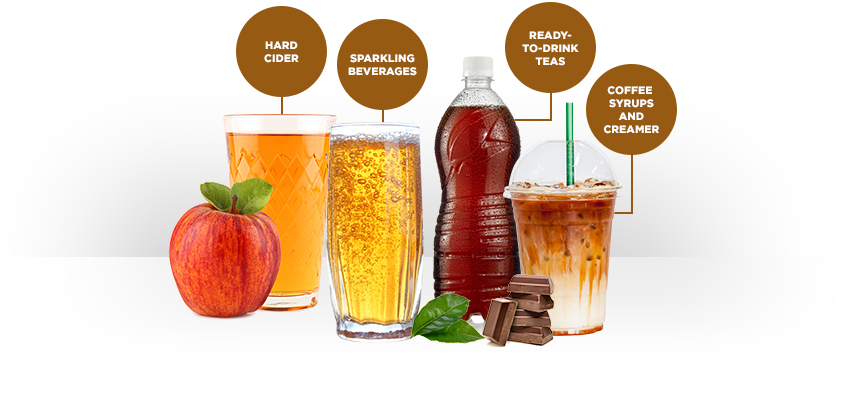
“To align with “natural” marketing, brands are specifically turning to colors from botanical sources.”
To align with “natural” marketing, brands are specifically turning to colors from botanical sources. Luckily, there are fruit and vegetable juice alternatives to caramel coloring out there. Dependent on target shade, conversions to botanical solutions can be achieved in a handful of ways for beverages.
- Brown fruit juices like Sienna™
- Brown fruit juices + pH-stable blues
- Brown fruit juices + natural yellows
- Brown fruit juices + red fruit or vegetable juices
- pH-stable blues + natural yellows + red fruit or vegetable juices
To determine the most effective solution, a few factors should be considered including the presence of vitamin C, pH environment, and cost-in-use.
#1 ASCORBIC ACID
Anthocyanins are generally less stable in the presence of ascorbic acid, so botanical brown solutions with an anthocyanin component may endure subtle shade shifting. For example, in a natural blue + yellow + red formula, the shade shifting of either the blue or red anthocyanin component would affect the final desired brown shade.
- Too much ascorbic acid (100ppm-800ppm which is dependent on the amount of anthocyanin present in the product) will cause anthocyanins to degrade, leaving the remaining yellow component essentially by itself, resulting in a golden shade rather than brown.
- Too little ascorbic acid (0–100ppm) will cause the opposite, and the natural yellow will degrade, and the anthocyanins will shift to purple.
For product developers, the absence of a stable, natural blue for beverages magnified this challenge with ascorbic acid in the past. Today, there are new, novel sources of stable blues available to create the combination necessary for a botanical brown. A brown fruit juice such as SiennaTM can be a great solution in these cases too—either by itself or with a pH-stable blue vegetable juice and natural yellow like beta-carotene.
#2 pH Stability
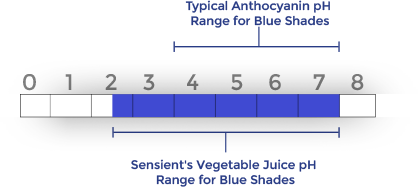
The cleanest browns are best achieved in beverage systems with a pH above 3. Brown fruit juices exhibit excellent shades from pH 3-7. We have had wide success with our SiennaTM fruit juice above a pH of 3.
For brown blends (blue + red + yellow) in beverages, the pH stability will very much depend on the blue component. With most anthocyanin-based colors, a blue shade can only be achieved in a pH range of 4-7, and even then, the “blue” achieved can lean more to the concord-grape to violet blue shades in the visible color spectrum with significantly reduced stability. However, there are a couple of pH-stable blue vegetable juices out on the market, such as Sensient’s blue vegetable juice which imparts stable blue shades across a much wider pH range of 3.6-7.
#3 Cost-in-Use
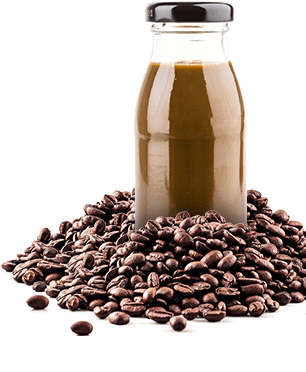
All caramel-free blends are going to be cost-in-use conscientious, especially the multi-component systems. Of all natural color sources, blue vegetable juices can be the most expensive, and brown fruit juice solutions like SiennaTM can be very cost-effective. Of course, target shade will certainly be an important factor here. Blends are the most effective way to reduce cost-in-use and achieve target shades.
With the increasing interest of caramel replacement projects, our SiennaTM fruit juice and pH-stable blue are great assets in our natural color toolbox. Novel sources such as SiennaTM and those in our brown blends of fruit and vegetable juices are making the switch from caramel colors much easier. We expect a lot of brands to begin formulating with botanical brown alternatives across the food and beverage landscape and are happy to talk through strategies.
Please feel free to set up a consultation with me or request a sample of any solutions from our natural brown portfolio here.



